Environment Canada's use of Celsius will be 50 years old in 2025
Author of the article:
The Canadian Press
Aaron Sousa
Published Dec 31, 2024 • Last updated 0 minutes ago • 4 minute read

Happy Birthday, Celsius!
Environment Canada’s use of Celsius will be 50 years old in 2025.
Though the cultural results are mixed. Canadians wear clothes measured in inches and buy gas by the litre. They drink from millilitre beer cans and step on bathroom scales in pounds. They eat cereal by the gram and sub sandwiches by the foot.
A bone-chilling April Fools’ Day in 1975 marked the first time Canadians used Celsius to measure weather temperature.
Advertisement 2
THIS CONTENT IS RESERVED FOR SUBSCRIBERS
Enjoy the latest local, national and international news.
- Exclusive articles by Conrad Black, Barbara Kay and others. Plus, special edition NP Platformed and First Reading newsletters and virtual events.
- Unlimited online access to National Post and 15 news sites with one account.
- National Post ePaper, an electronic replica of the print edition to view on any device, share and comment on.
- Daily puzzles including the New York Times Crossword.
- Support local journalism.
SUBSCRIBE FOR MORE ARTICLES
Enjoy the latest local, national and international news.
- Exclusive articles by Conrad Black, Barbara Kay and others. Plus, special edition NP Platformed and First Reading newsletters and virtual events.
- Unlimited online access to National Post and 15 news sites with one account.
- National Post ePaper, an electronic replica of the print edition to view on any device, share and comment on.
- Daily puzzles including the New York Times Crossword.
- Support local journalism.
REGISTER / SIGN IN TO UNLOCK MORE ARTICLES
Create an account or sign in to continue with your reading experience.
- Access articles from across Canada with one account.
- Share your thoughts and join the conversation in the comments.
- Enjoy additional articles per month.
- Get email updates from your favourite authors.
THIS ARTICLE IS FREE TO READ REGISTER TO UNLOCK.
Create an account or sign in to continue with your reading experience.
- Access articles from across Canada with one account
- Share your thoughts and join the conversation in the comments
- Enjoy additional articles per month
- Get email updates from your favourite authors
Article content
“We were the guinea pig,” said David Phillips with Environment and Climate Change Canada. He joined the weather service seven years before the Celsius switch. “I remember that first little flyer that (said), ‘It’s no April Fools’ joke.”
In a world where water froze at 32 F, Canadians failing to convert Fahrenheit to Celsius woke up aghast at forecasts ranging from -2 C in Toronto to -27 C in Edmonton.
“To hell with the weather maps and figures in Celsius,” wrote one elderly Canadian in a letter to the London Free Press.
The changeover was implemented just as a severe storm hit the Maritimes. Some felt Celsius was to blame.
“Since those experts changed from the old Fahrenheit thermometers, the weather’s been lousy,” an angry reader wrote to The Bridgewater Bulletin in Nova Scotia.
Most Canadian media used both Fahrenheit and Celsius for a while. Some seniors near the Canada-U.S. border opted for American TV and radio for Fahrenheit forecasts. But by 1977, all Canadian weather reports used metric measurements.
“The strategy of going to the weather service first and getting them involved really paid off,” said Phillips.
By signing up you consent to receive the above newsletter from Postmedia Network Inc.
Article content
Advertisement 3
Article content
One month into the switch, the head of Canada’s Metric Commission, Stevenson Gossage, said negative reactions were “dying down.”
Metric appeared poised to stay. Or did it?
Former Prime Minister Pierre Trudeau’s Liberal government formed the Metric Commission in 1971 after industries called on Canada to ditch Imperial measures. Along with Celsius, the commission called for road signs to use kilometres by 1977 and gas pumps to measure out gas in litres by 1979.
In the U.S., then-president Gerald Ford enacted similar legislation, but conversion was voluntary.
It got political — and nasty.
More than three dozen Conservative members of Parliament, including Bill Domm of Peterborough, Ont., championed petitions with thousands of signatures and opened a “freedom to measure” gas bar that sold fuel by the gallon or the litre.
Domm proclaimed they were ready to go to jail over the issue.
In 1983, an Air Canada flight dubbed the “Gimli Glider” made an emergency landing at a Manitoba airfield after running out of fuel. Faulty fuel measurement conversion was cited as a factor.
Advertisement 4
Article content
Gossage died in January 2001. His son, Jonathan Gossage, says his father felt the transition to metric was important for Canada because the Imperial system was an “unnecessary bottleneck” in international trade. “My take on it always was that it was the right way to go,” the 87-year-old said in a phone interview from Ottawa.
He also said those naysayers were “short-sighted.”
“If the conversion was going to be easy for you, you had to be good at mental arithmetic. If you weren’t good at mental arithmetic, it was a much more difficult proposition.”
Gossage said the transition has worked out well, as younger generations are raised with metric being their primary unit of measurement. However, there are still times when he has to use Imperial.
By the early ’80s, U.S. president Ronald Reagan torpedoed Ford’s Metric Act and the Metric Board as a cost-cutting measure. Former prime minister Brian Mulroney and his Conservative government followed suit, disbanding the metric commission and making the switchover voluntary.
In the end, the metric revolution resulted in a half-built house.
Advertisement 5
Article content
Edmonton quilter Jody Groenendyk uses Imperial regularly because it’s the industry standard, and easier to divide.
“(Imperial) is just so familiar,” she said. “Most of the rulers that we’re able to obtain are in inches. Some of them do have centimetres on them as well, but I would say a lot of them don’t.”
Liam Brownrigg of Union Wood Co. in Vancouver said much of the material he buys is measured in Imperial.
One of his co-workers, who once worked in Quebec, told him people in that province primarily use metric measurements. He doesn’t see people rushing to change the mixed system any time soon.
“If ever a client gives me a dimension in centimetres or something, the first thing I do is just convert it,” he said.
If Canada brought back mandatory metrication, Brownrigg said switching would be a pain but people would get used to it.
“Wouldn’t be easy, but it would be doable,” Jody Groenendyk said.
Recommended from Editorial
-

Canada is crazy warm right now — here's how warm
-

'Definite trends': New extreme weather index shows Canada is getting hotter and wetter
Our website is the place for the latest breaking news, exclusive scoops, longreads and provocative commentary. Please bookmark nationalpost.com and sign up for our daily newsletter, Posted, here.
Article content
.png)
 1 week ago
17
1 week ago
17



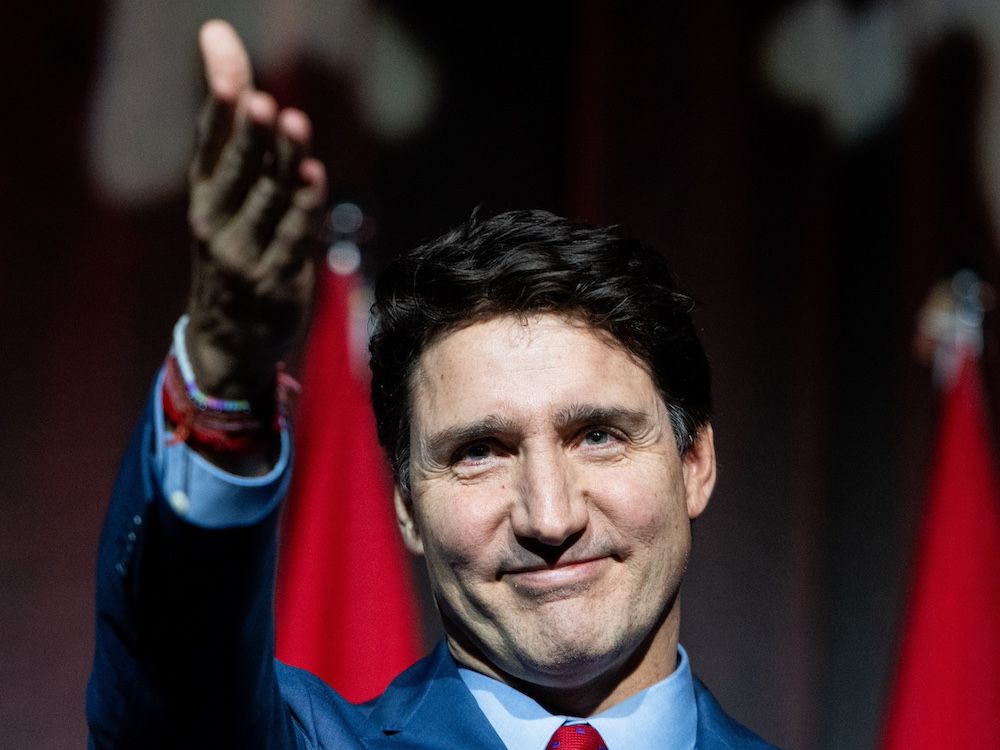
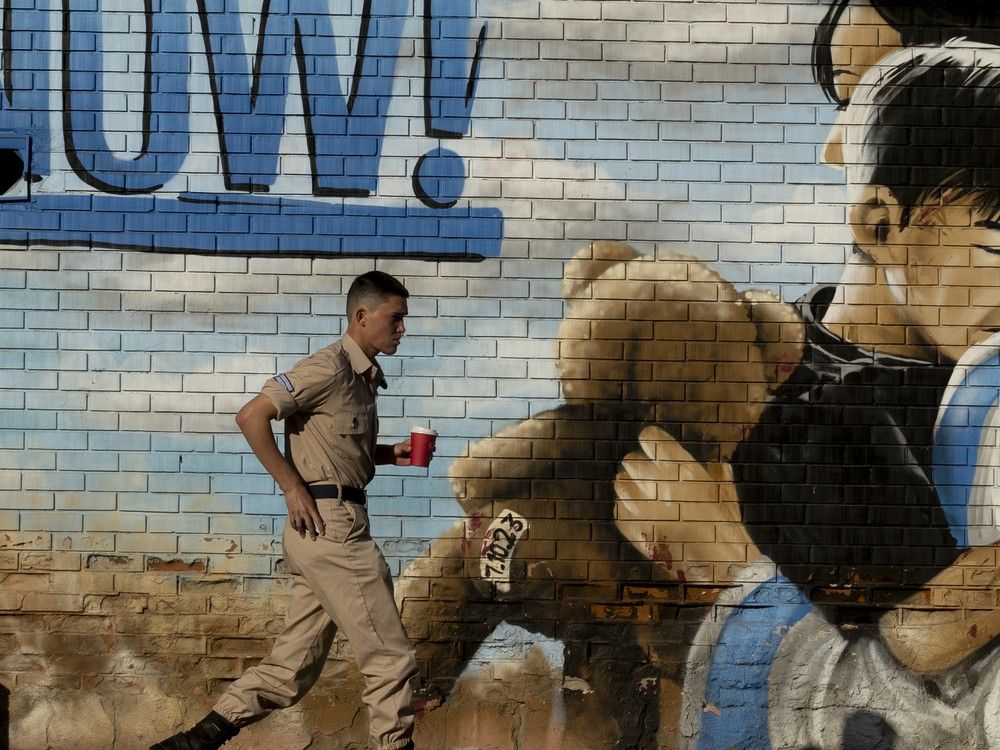
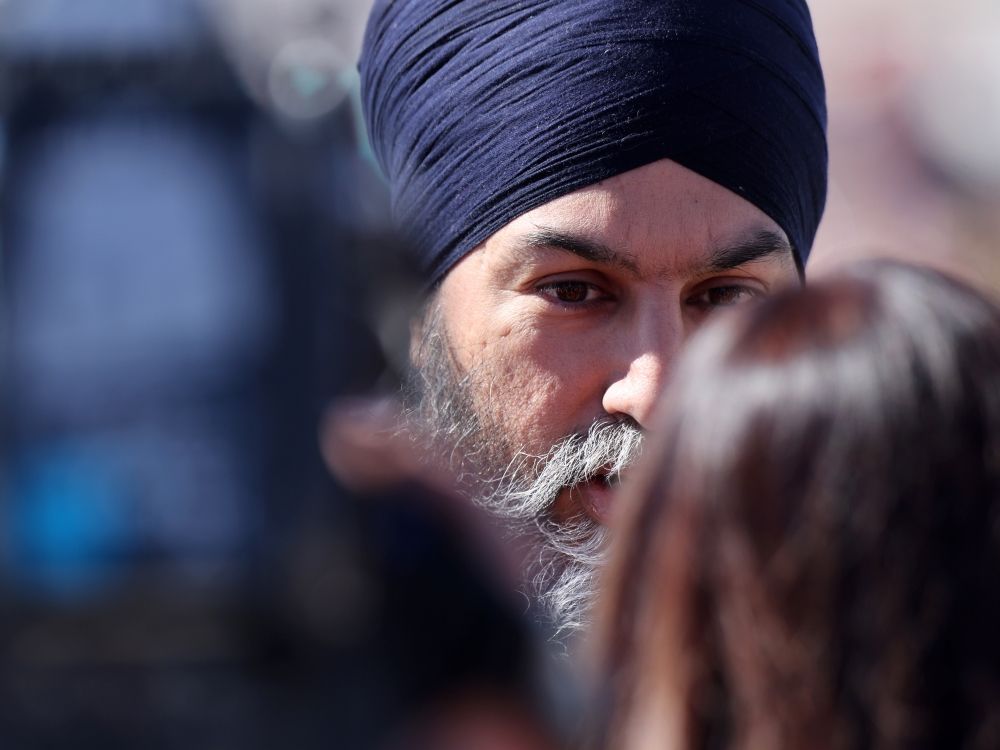



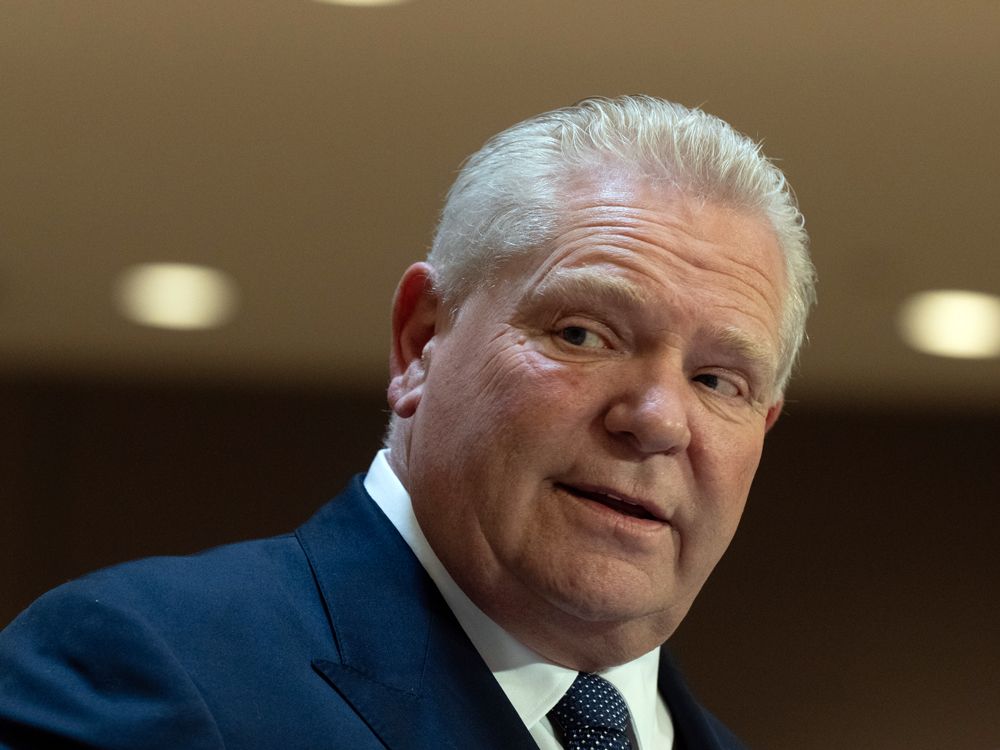
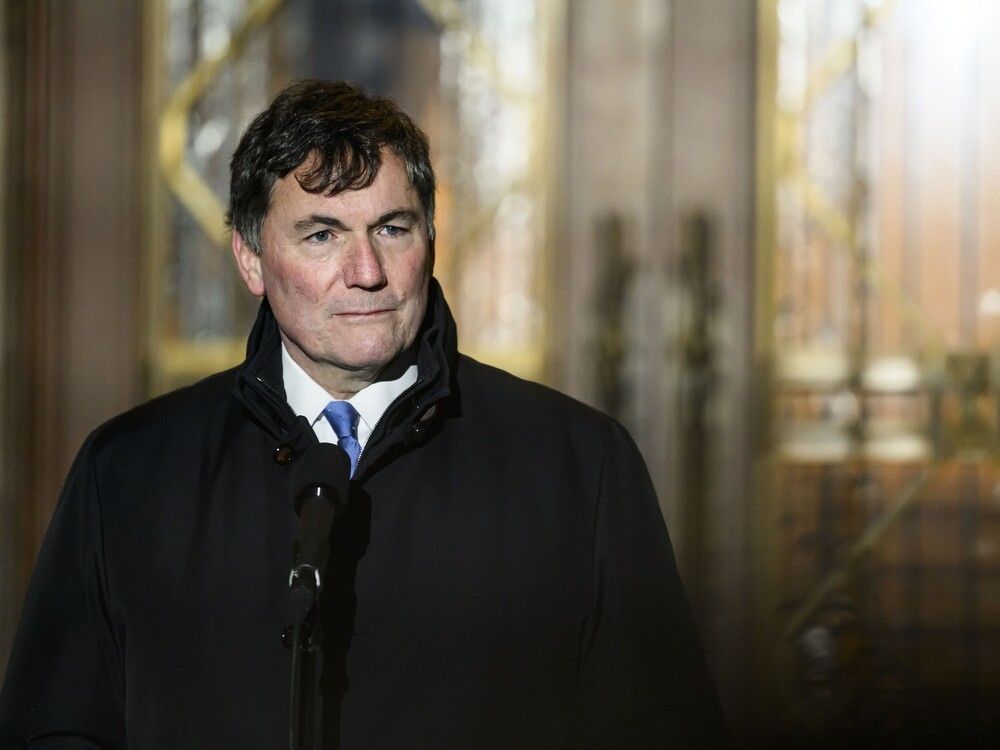
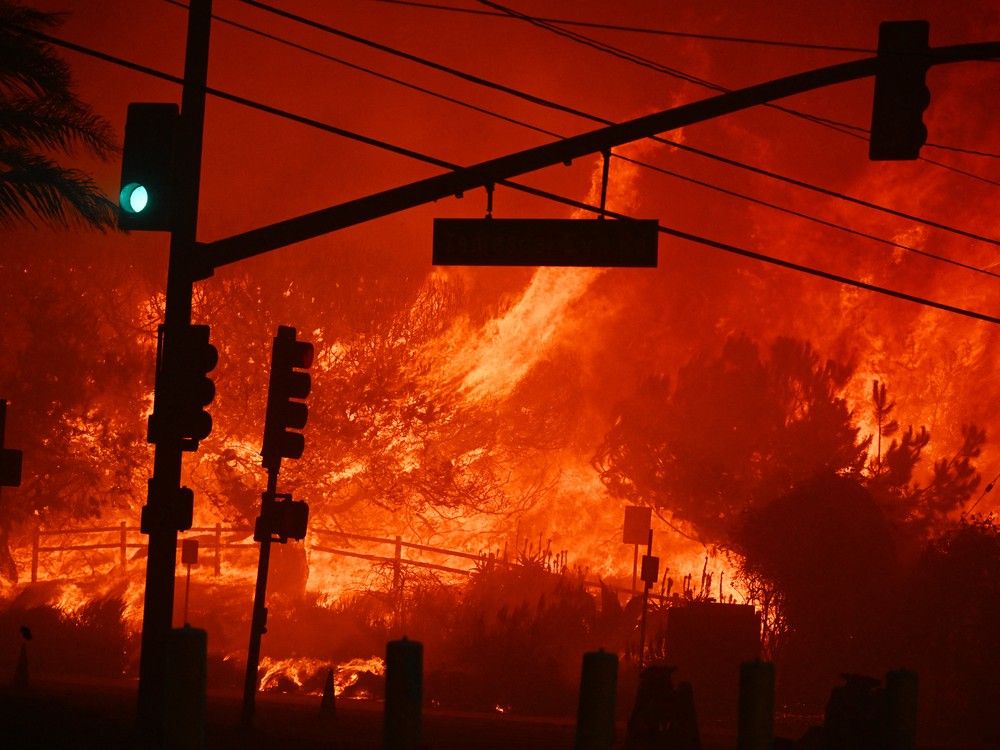
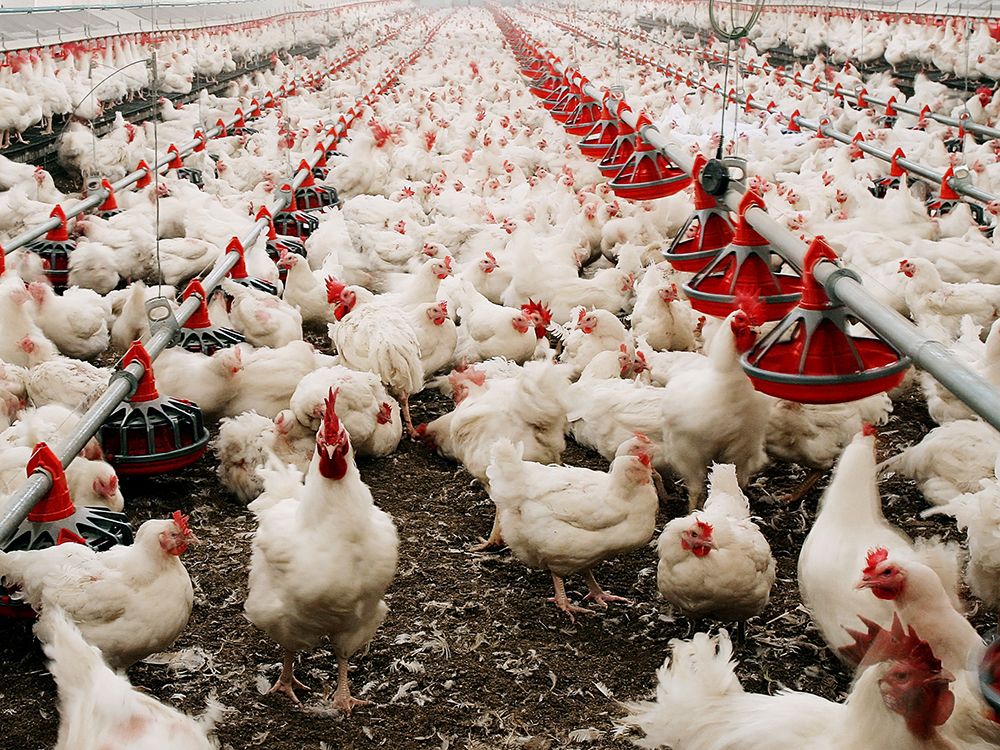























 Bengali (BD) ·
Bengali (BD) ·  English (US) ·
English (US) ·